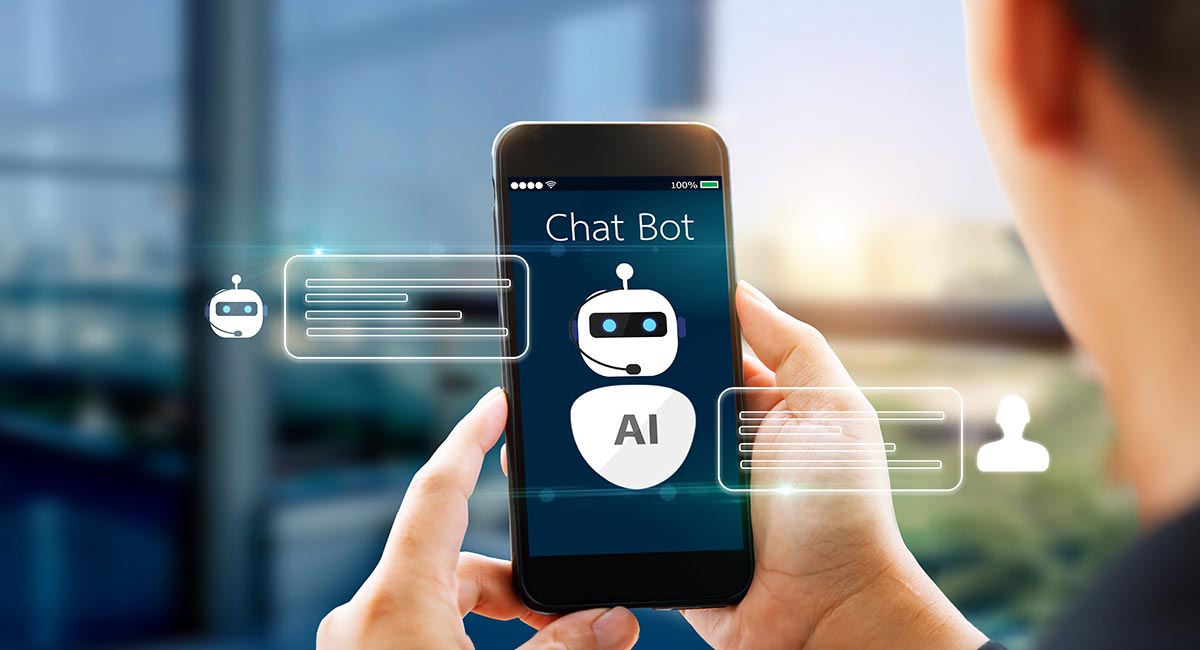
AI chatbots are revolutionizing how businesses interact with customers, automate tasks, and provide round-the-clock support. These intelligent virtual assistants leverage artificial intelligence (AI) to simulate human-like conversations, offering faster and more efficient communication. Whether you’re booking a flight, checking an order status, or troubleshooting a tech issue, chances are you’ve interacted with an AI chatbot—and their presence is only growing.
What Is an AI Chatbot?
Definition and Core Functionality
An AI chatbot is a software application powered by artificial intelligence that can understand, interpret, and respond to human language in a conversational manner. Unlike rule-based chatbots that rely on pre-defined scripts, AI chatbots use technologies like natural language processing (NLP) and machine learning (ML) to continually improve and adapt over time.
How It Works
-
Input Processing: The user sends a message via text or voice.
-
Natural Language Understanding (NLU): The chatbot interprets the user’s intent.
-
Response Generation: Based on context, it formulates a reply.
-
Learning: AI chatbots improve their performance by analyzing previous conversations.
Benefits of AI Chatbots
1. 24/7 Customer Support
AI chatbots never sleep. They can answer FAQs, help customers navigate websites, and handle inquiries instantly, reducing wait times and improving user satisfaction.
2. Cost Efficiency
According to IBM, AI chatbots can cut customer service costs by up to 30% by handling high volumes of requests without requiring human agents.
3. Scalability
From startups to large enterprises, businesses can scale operations without proportionally increasing staff by using AI chatbots.
4. Personalization
AI chatbots can analyze user behavior and past interactions to deliver more personalized and relevant responses.
Real-World Applications
-
E-commerce: Recommending products, assisting with orders, processing returns.
-
Healthcare: Scheduling appointments, offering symptom checkers, sharing health tips.
-
Banking: Checking balances, initiating transfers, providing financial advice.
-
Education: Tutoring, answering student questions, and helping with course navigation.
Best Practices for Using AI Chatbots
Prioritize User Experience
Ensure your chatbot provides clear, concise, and accurate answers. Avoid overly complex language and offer human handover when needed.
Ensure Data Security
Protect user data and comply with privacy regulations such as GDPR or CCPA. Transparency and trust are vital.
Continuously Improve
Regularly update and retrain your AI model based on user feedback and analytics to enhance performance.
Internal & External Resources
-
Learn more about NLP on our AI Technology Insights page.
-
Explore our Customer Experience Solutions.
-
For further reading on the economic impact of AI in customer service, refer to this IBM report.
Final Thoughts
The AI chatbot is not just a passing trend—it’s a foundational tool for modern digital transformation. From improving customer service to streamlining operations, businesses across industries are leveraging this technology to stay competitive. With the right implementation and continuous optimization, AI chatbots can deliver both operational efficiency and customer delight.
